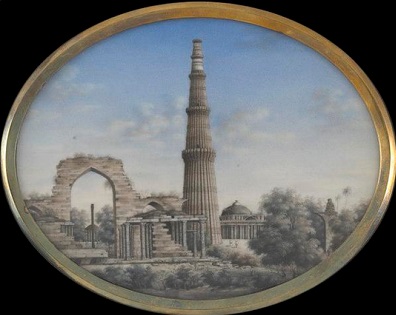By Somali K Chakrabarti
I asked my soul: What is Delhi? She replied: The world is the body and Delhi its life. ~ Mirza Ghalib
An excerpt from Delhi : A Novel, by Khushwant Singh.
Delhi, a city with a rapidly changing skyline, has been a part of India’s ancient history.
Indraprastha, the legendary capital of Pandavas, is described in the epic Mahabharat and it is believed to have existed where the present day New Delhi is.
The city that has witnessed the rule of many dynasties over centuries, has been plundered, destroyed and rebuilt several times.
Hindu kings from the dynasties of the Maurya, Kushan, Gupta, Tomar Rajputs and Chauhan Rajputs ruled Delhi till the 12th century. The end of the 12th century saw the onset of the Delhi Sultanate, and marked the beginning of the rule of Islamic rulers including Ghori, rulers from the Mamluk (Slave) dynasty, Khiljis, Tughlaks, Lodi, and later on the Mughals.
Delhi passed into the direct control of British Government in 1857 after the First War of Indian Independence, and became the capital of British India in 1911.
Here is a collection of Vintage Pictures of Delhi from the 19th century. The pictures are mostly of the architectural structures of the British and Mughal period, most of which exist till date.
New Delhi, designed by Edwin Lutyen and some other brilliant architects such as Robert Tor Russell, E. Montague Thomas, Herbert Baker, did not exist in the 19th century and was inaugurated in 1931.
.
VIEW OF QUTB - DELHI , ca 1850
Watercolours, painted on ivory plaques with the views of Qutb, Delhii by unknown artist ca.1850
Qutb Minar, the world's tallest brick minaret at 72.5 metres, was built in 1193 by Qutb-ud-din-Aibak, the first Muslim ruler of Delhi. Qutab-ud-din Aibak commenced the construction of the Qutab Minar, but could only finish the basement. His successor, Iltutmush, added three more storeys, and in 1368, Firoz Shah Tughlak constructed the fifth and the last storey.
Continue Reading.....
Continue Reading.....

No comments:
Post a Comment